|
CHAPTER 16 Round-Up Mulling it over, returning to Harkness House didn’t seem to me a good conclusion. The company had folded. All the ballets I had notated while there were now of no use, obsolete. Nothing seemed to be going right. Perhaps it would be wiser to go free-lance. I could stage, I could choreograph. Hopefully, there would be other opportunities. The Kansas City Ballet was headed by Tatiana Dokoudovska, sister of the gruff Vladimir Doukoudovsky; a former star of the Ballet Russe and for many years a well-known teacher in Carnegie Hall. I had even taken some of his classes. To re-stage “Round – Up” seemed like a good idea, but a re-choreographed and hopefully a better version than the one I had done earlier in Tucson. The other ballet on the program would be by David Howard and was classical in content. Round-Up would be an excellent contrast. Within two weeks I had set it all. There were far better dancers than in Tucson. After I left it was performed with the Kansas City Symphony orchestra but unfortunately I never got to see it performed. I never got a video or even one picture! Reviews yes, which according to one reviewer it was: “ ….the undoubted hit of the evening ….
Richard Holden’s witty “Round-Up, worked out to the strains of
Hershy-Kay’s “Western Symphony”. They had saved the best for the
last. “Round-Up” contains more than it’s share of clichés, a matter
of deliberation, not accident, and one of the most deliciously comic
sequences seen in these parts recently. That one occurs in Scene 3,
when the Champion Roper .. dreams of a newly met girl friend … who
appears in his dream as the White Swan, Odette, of “Swan Lake”.
Between the classical fluttering and the gauche gestures appropriate
to the Western setting, that sequence had the audience in stitches”. Even so, a year later he somehow managed to join NYC ballet as company choreologist. This was of course a plum position to be in and much sought after by any choreologist. Surprisingly, within a few months of his residency, Jurg asked me if I would like to go to the Joffrey company and teach them Sir Frederic Ashton’s “The Dream”. For some reason which I could never fathom, he had been asked to do it and had actually received the notated score from the Royal Ballet. This in itself was astonishing as The Royal and especially Ashton was always very particular about who they lent their ballets out to. That it was in Jurg’s hands didn’t make much sense but I let it pass. He didn’t have the time to do it, he said, but I suspected he might have felt it was a bit beyond him. In any case, I was glad and even delighted to take over the job from him. Who wouldn’t welcome a chance to teach the Joffrey Ballet a work by Sir Frederic Ashton? Photo: Jurg Lanzrein [background] memorizes the steps to a Stravisnky ballet which Balanchine is teaching to Jean-Pierre Bonnefous and Karin von Aroldingen. Later, Jurg, will translate the movements on to paper.
I
couldn’t help thinking back to my first months at the Institute when
I saw “The Dream” premiered at Covent Garden and wondered at that
time how such a complicated ballet could ever be notated. Now it was
set before me, fully notated by Faith Worth, the very first trained
choreologist to work with a company. She was a pioneer and a
top-notch notator and her notation of this complex ballet was easily
read. Photo: Sir John Hart After a brief introduction, there followed two weeks of non-stop work. Every day from nine to five I was buried in the Dream score, teaching the dancers their roles while Sir John only sat and watched with an occasional comment. He seldom interfered and I would go home each night with my head spinning from the intense, unceasing concentration. The Dream is one hour in length with 5 principals, 8 soloists, 12 corps girls and 5 corps boys. There are intricate, geometric floor patterns for the corps plus a very involved story line. Ashton choreographed it directly from the Shakespeare play, using Mendelssohn’s familiar music of ‘A Midsummer Night’s Dream’. I was at the 1965 premiere in London at Covent Garden. Antoinette Sibley danced Titania and Anthony Dowell made his debut in the role of Oberon, doing all his turning steps to the left as was his custom. Most dancers turn to one side better than the other.
Photo: Rebecca Wright and Burton Taylor As all the principal lovers had names that Shakespeare had given them; Helena, Hermia, Demetrius, Lysander, it was often confusing, and I sometimes had to ask a dancer what role he or she was dancing and if they were in their right place. Both Joffrey and Sir John seemed very pleased with my work and at the premiere at City Center, Sir John, with Joffrey, at his side, gave a pre-curtain speech. It is not often, or perhaps never, that a choreologist receives recognition or praise for his work from the stage. I was glad a friend of mine had a tape recorder to record it. He said: “I’d like to thank Richard Holden – it was through his gifts as a choreologist who gave me the enormous assistance in putting the work together in the first place, and it largely due to him that you are able to see this tonight”. [transcribed from tape recording]
The Russian Tea Room, located next to Carnegie Hall on West 57th Street, was a glamorous meeting place for dancers [of the famous kind who could afford it] and musicians, journalists, agents and theater folk of every description. Many contracts were signed there, many important theatrical deals were agreed to over a bowl of hot borscht.
Spring Waters, First Firebird “Spring Waters” was originally set on him by its choreographer, Asaf Messerer, so what I was getting was truly authentic. This flamboyant pas de deux must be a burst of unleashed bravura to be really effective, and with a rousing rush of energy for the duration of three minutes, which is the length of this duet. Who could I get to dance it? Nearly every dancer in New York wanted to learn and perform this brilliant showstopper! I had met Betteanne Terell and David Gleaton in the class of Nina Scarpova who was the wife of Igor Youskevitch. We all called her “Mama” Youskevitch”. Her classes were in a second floor, cockroach infested studio on 7th Avenue. Igor was at the same time teaching permanently in Austin, Texas but occasionally showed up in NY to teach a single class. I had used David before in various productions I was
doing around town. He had also, like myself years earlier, danced at
the Radio City Music Hall. Both he and Betteanne were anxious to
learn “Spring Waters” Betteanne started a small ensemble of her own for which she asked me to be choreographer. Thinking of what I could do for such a small group of nine, I choreographed my first mini ”Firebird”. I was to re-stage it in an enhanced version so many times in years to come, but this was the very first. I only had five principal dancers and a corps de ballet of four. It premiered in a New York City High School on a blustery, winter morning during assembly. The inner-city teen-agers filled up the auditorium, not knowing what to expect. None of them had ever seen a ballet before. It was okay until the Prince made his entrance, and in tights! The jeers and hoots didn’t stop until after the corp’s dance with golden apples had ended and his pas de deux with the leading Princess, which ends with a kiss. The kiss they understood. After the finale, with the magnificent chorale of Stravinsky, they all stood up and cheered, as yet another batch of students filed in for a repeat performance. I was introduced to the Principal as ‘the guy who made up the steps’. This title served me well for many years to come when introduced to individuals and audiences who knew little or nothing about ballet, let alone the term ‘choreographer’. The next performance of “Firebird” was given at the foot of the World Trade Towers in lower Manhattan, while thousands of office-workers viewed it while eating their lunches. How many of them would die in that unspeakable tragedy to come somewhere in the future? Betteanne later became ballet mistress for the touring, all-male “Ballets Trocadero”. I was astonished one evening while watching the Dinah Shore show on TV to see the “Trocs” dancing “Spring Water’s. Betteanne had stolen not only the music from me but also my staging, without giving any credit, or fee. Ballet can be an underhanded and cruel profession. |


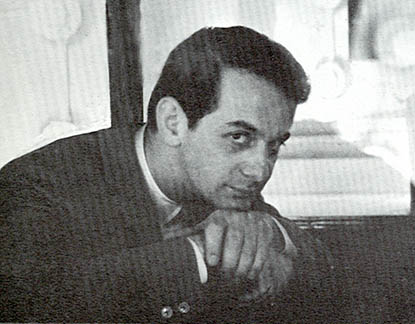 damage
she could cause. It took eight months before Joffrey’s efforts were
eventually rewarded when the Ford Foundation made a one-year
matching grant to the newly formed Foundation for American Dance.
Rebecca Harkness built her own company with dancers and repertory of
the original Joffrey company.
damage
she could cause. It took eight months before Joffrey’s efforts were
eventually rewarded when the Ford Foundation made a one-year
matching grant to the newly formed Foundation for American Dance.
Rebecca Harkness built her own company with dancers and repertory of
the original Joffrey company.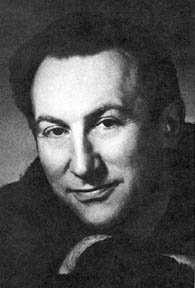 The morning I arrived at the Joffrey studios in Greenwich Village,
Sir John Hart from the Royal Ballet was already there. He was to
stage the ballet and apparently, being familiar with choreology as
was all of the Royal Ballet staff, it was he who requested a
choreologist to assist him.
The morning I arrived at the Joffrey studios in Greenwich Village,
Sir John Hart from the Royal Ballet was already there. He was to
stage the ballet and apparently, being familiar with choreology as
was all of the Royal Ballet staff, it was he who requested a
choreologist to assist him. 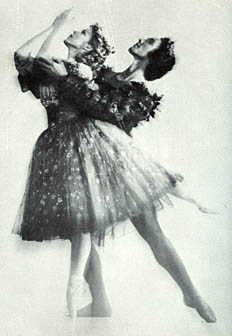
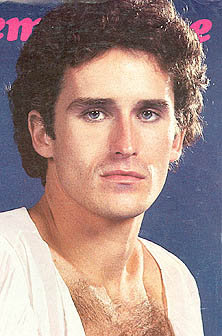
 Photos:
Gregory Huffman, Starr Danias, second casts
Photos:
Gregory Huffman, Starr Danias, second casts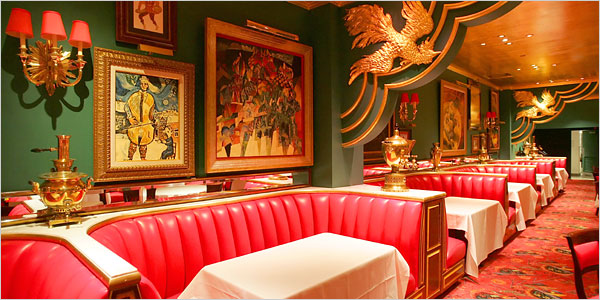
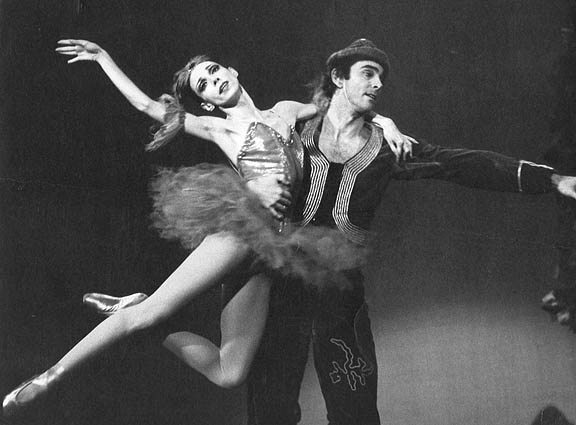 Photo:
Betteanne Terrell [Slackman] in Firebird, with Dale Muchmore.
Photo:
Betteanne Terrell [Slackman] in Firebird, with Dale Muchmore.